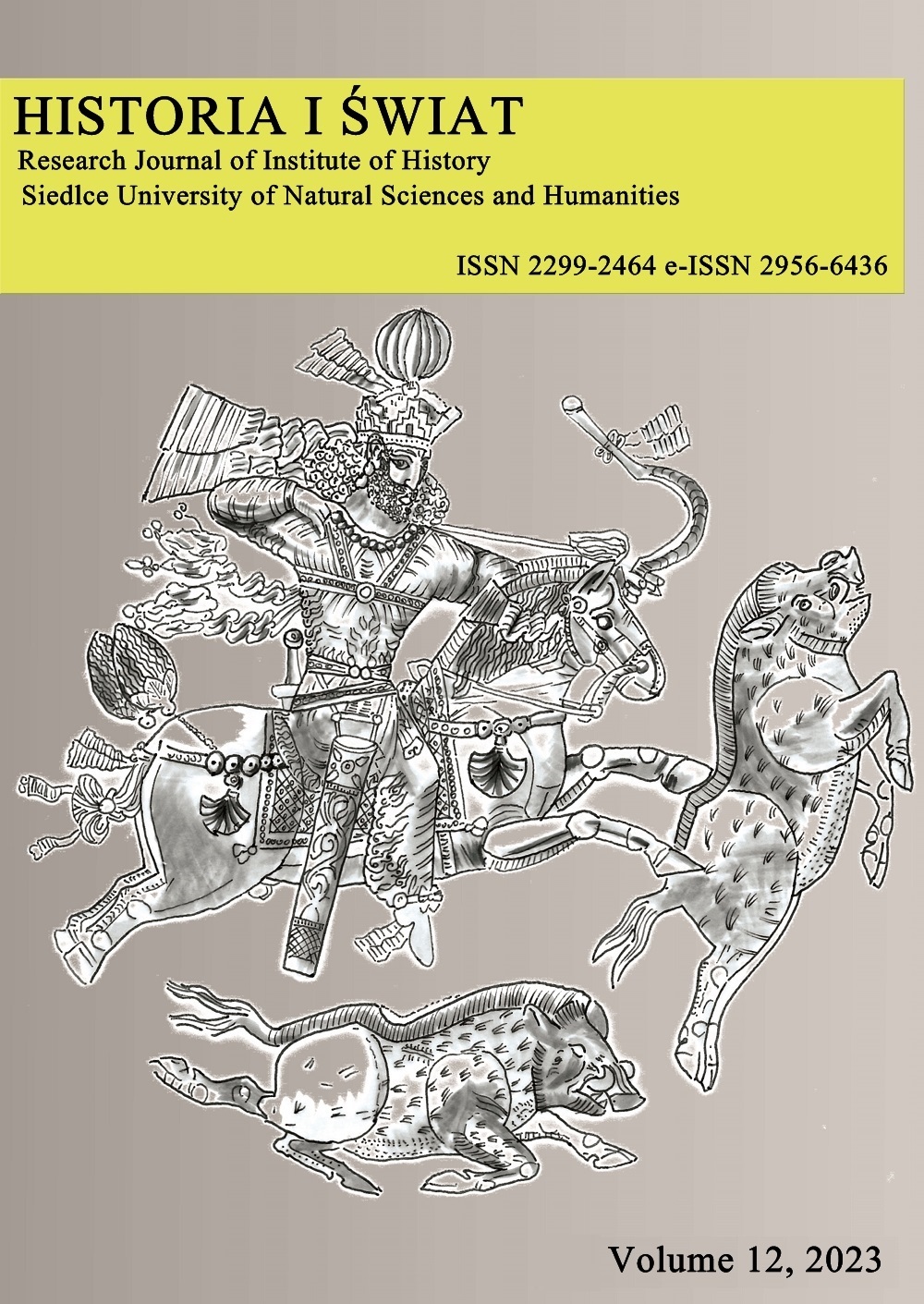Gordāfarid of Šāh-nāma, the woman, who revolutionized the naqqāli tradition
Gordāfarid of Šāh-nāma, the woman, who revolutionized the naqqāli tradition
Author(s): Joanna SZKLARZ, Maryam MORADISubject(s): History, Cultural history, Ethnohistory, Oral history, Gender history, Ancient World, Middle Ages
Published by: Instytut Historii UwS
Keywords: History; pre-Islamic Iran; Gordāfarid; Šāh-nāma; naqqāli tradition; oral tradition; Ferdowsī
Summary/Abstract: Šāh-nāma of Firdowsī and the naqqāli tradition are two distinctive traditions of Iran. Šāh-nāma, an epic that tells the story of pre-Islamic Iran, focuses on a heroic narrative. The naqqāli’s distinctive feature, against the background of other oral traditions, is the combination of heroic and religious narrative in order to spread Shiism in a way that is interesting to the audience. Ferdowsī's work and the naqqāli tradition represent two periods in Iran’s history and its traditions and culture. These periods are separated by the Islamic invasion and the fall of the Sasanid dynasty. Despite some ideological differences, the Šāh-nāma was for a number of centuries one of the sources for naqqāli and from the early period of the Pahlavi dynasty became its main focus. The article briefly discusses the naqqāli tradition, Šāh-nāma of Firdowsī and the relationship between the two. It also introduces the figure of Gordāfarid, daughter of Gaždaham, who, being the heroine of the Persian national epic, became the inspiration for a revolutionary change in the naqqāli tradition – the first naqqāl woman.
Journal: Historia i Świat
- Issue Year: 2023
- Issue No: 12
- Page Range: 193-206
- Page Count: 14
- Language: English

